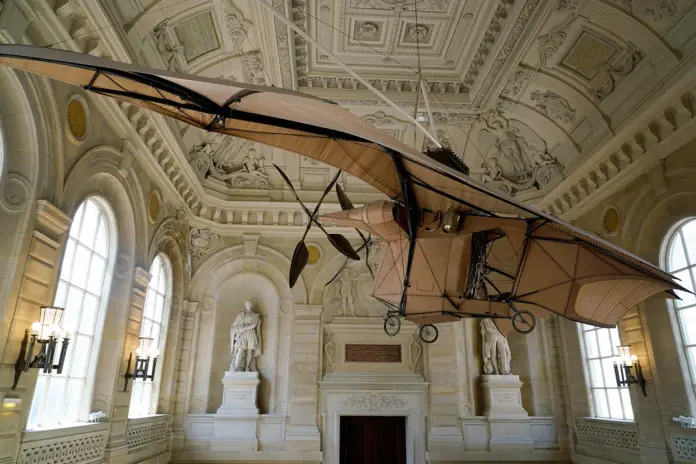“Yes, the Apple iPhone changed the world. Yes, it belongs in a museum. So, of the 38 models produced so far, and the billions of handsets sold, which should be preserved? How do curators choose? And what does the choice say about them, their museums, their nations and science?”
“…In recent decades, curators have had to grapple with how to collect and display digital media. The video game Grand Theft Auto has cultural significance, but the disc it comes on doesn’t make much of an exhibit — it seems “taxidermized”, Alberti writes. And logistical problems can stymie attempts to bring such software back to life. Museums need the hardware to play the disc, and the means to convert its contents to other formats when the original becomes obsolete. They might need a manual; some even print out the underlying code.”
__________________________________________________________
Novitzky, A. (2022, November 21). How science museums can use their power. Nature News. https://www.nature.com/articles/d41586-022-03795-1
__________________________________________________________
This article is short, essentially just discussing different struggles in museum curation through history. The part about Grand Theft Auto though is interesting. With some additional research, its culturally significance, given is affect on the social atmosphere of the time, could be a gateway to look at displaying inspirational phenomenon. The way players saw it as an experience that changed their mindset in some way, but a museum can’t quite capture that effect with just the disk. Although a video game is different than a toy, similar principles might affect both as interactivity at a museum. If a museum can’t capture the effect of playing GTA without playing it, can a museum achieve the inspiration of discovering a flying toy without it being the first time someone sees flight? I want to look further into how cultural impacts are displayed in museums for things like this.




